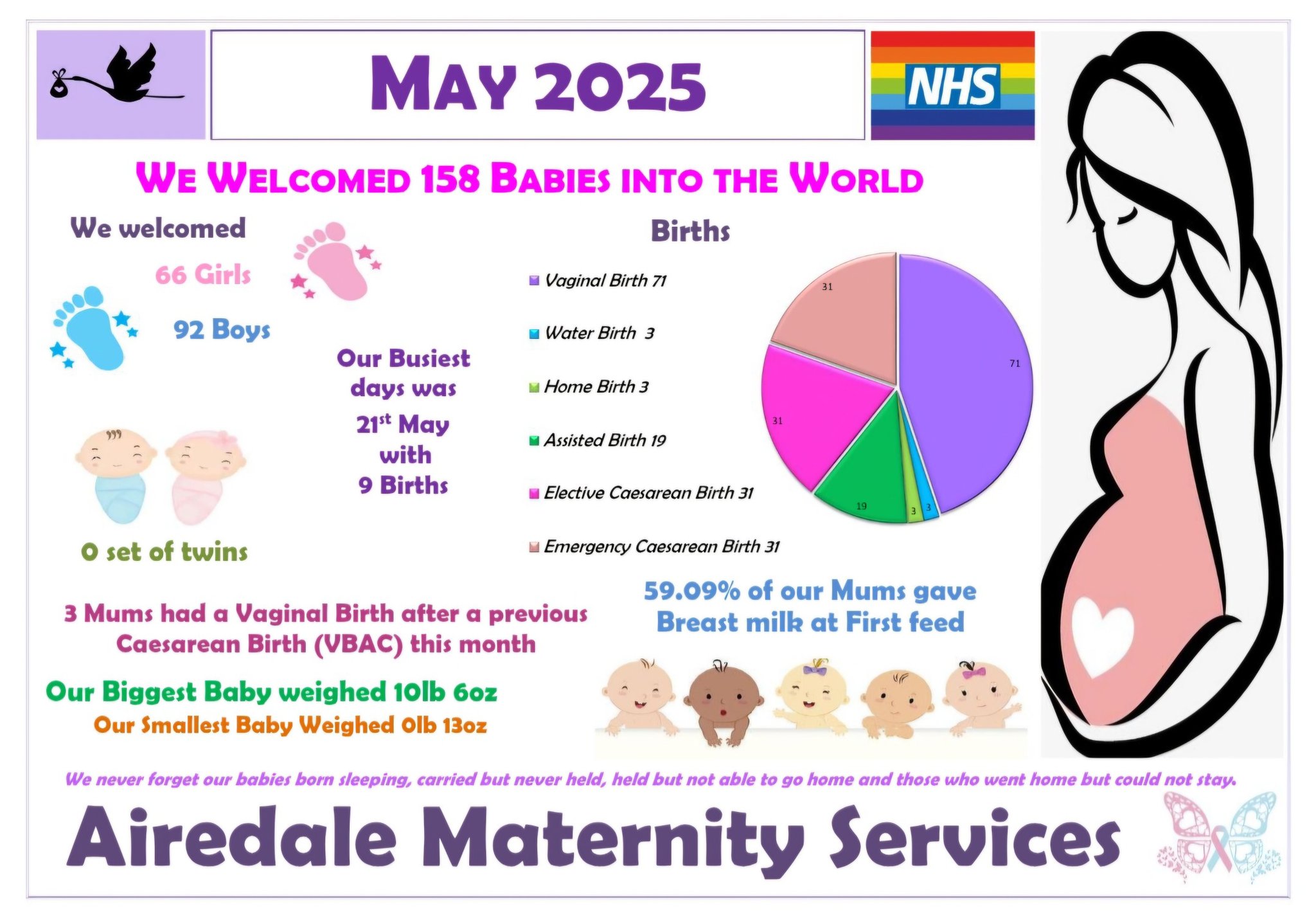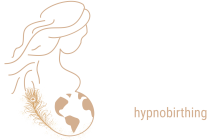Local Birth Insights from Airedale Hospital – A Snapshot of Maternity Care in Action 👶🩺
I recently reviewed the latest birth statistics from Airedale Hospital, and the data offers a powerful glimpse into the variety of birth experiences local families are having. As someone passionate about maternity care, I wanted to highlight some of the key findings, and what they can tell us about how birthing is evolving in our communities.
👉 Birth Mode Breakdown:
71 vaginal births
62 caesarean sections
19 assisted births (ventouse or forceps)
3 water births
3 home births
3 VBACs (Vaginal Birth After Caesarean)
It’s striking to see that vaginal and caesarean births are nearly equal in number. This reflects a growing understanding that every birth journey is unique. With 19 of those vaginal births involving assistance (ventouse or forceps), it’s clear that supportive interventions are playing a key role in ensuring safe outcomes for mothers and babies.
🌊 Water births and home births, though small in number, are an encouraging sign that options for more personalised and physiological births are available for those who choose them.
💡 VBACs (Vaginal Birth After Caesarean) are especially noteworthy. There were 3 successful VBACs in this period—a small number, but an important one. VBAC allows mothers who have previously had a C-section the opportunity to experience a vaginal birth, which can lead to shorter recovery times, lower complication risks in some cases, and increased feelings of empowerment. It’s a reassuring statistic that reflects good multidisciplinary support and informed decision-making.
👶 One baby stole the spotlight by arriving at an impressive 10lb 6oz—a reminder that no two births are the same!
🤱 Another key insight: nearly 60% of mothers gave breastmilk as the first feed. This is significant. The first feed of breastmilk—often referred to as “liquid gold”—is packed with antibodies that help protect newborns from infection and disease. It supports gut health, immune development, and lays a strong foundation for infant wellbeing. Encouraging and supporting early breastfeeding is one of the most impactful things we can do in the early hours of life.
These statistics tell a story of choice, safety, and support. They show the importance of personalised care, and the efforts being made to meet mothers where they are—whether they’re preparing for a home birth, aiming for a VBAC, or opting for a planned caesarean.
I’d love to hear your thoughts:
🔹 Are these trends reflected in your local hospital?
🔹 How can we better support mothers in making informed birth choices?
🔹 What more can be done to improve early infant feeding outcomes?
Let’s keep the conversation going—and keep supporting every birth journey, in all its forms.

Airedale Hospital Birth Stats – May
|

Leave a Reply